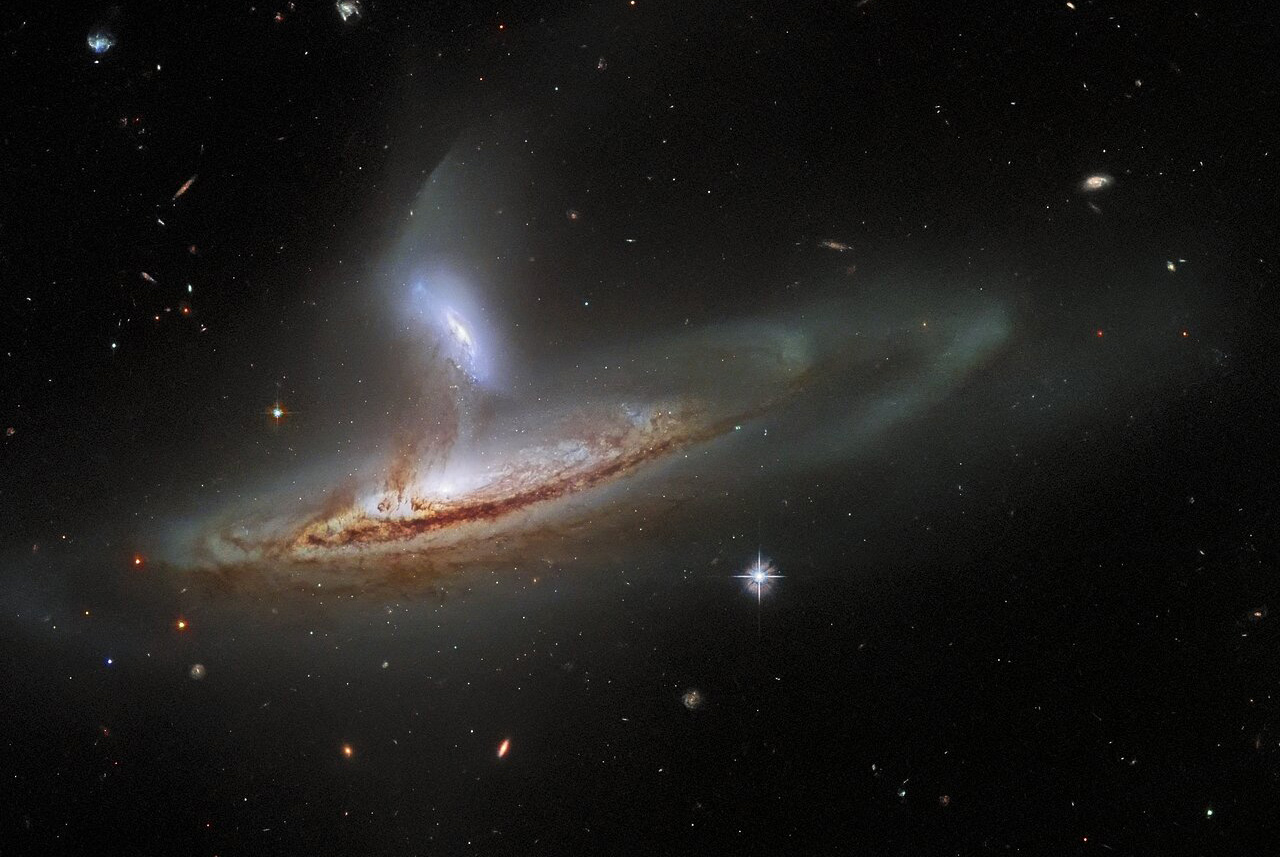According to the current scientific state, destructive geological events are repeated in the usual order of the history of our planet. Increased volcanic activity, rocky plate rearrangements, mass extinctions, and sea-level rise characterize these periods.
Over the past 260 million years, dinosaurs appeared and then disappeared, the giant continent of Pangea disintegrated, and humanity rapidly reshaped the Earth. According to a new study, geological activities on our planet seem to have been repeated over 27.5 million years during this time. It was as if the Earth had a “heartbeat” – summed it up ScienceAlert is a scientific journal.
“Many geologists believe that geological events are random, but our study provides statistical evidence that they are cyclical and correlated.” said geologist Michael Rampino, head of research.
Scientists have studied 89 well-described geological events over the past 260 million years. The events covered marine and non-marine extinctions, ocean oxygen depletion, massive continental basalt outflows, sea-level fluctuations, intensification of intracontinental volcanoes, and rock-plate rearrangements, among others.
These are the events that the results suggest may be related, as eight periods were found in the analysis when these catastrophic events intensified.
However, it should be noted that, fortunately, according to the research team, we still have 20 million years until the next peak.
Geologists have long searched for possible cycles of geological events. As early as the 1920s, it was believed that a cycle of 30 million years could work, after which a period of 26-31 million years was considered. And now they haven’t found completely different cycles for 27.5 million years. According to the authors, the major extinctions of the planet to date have been repeated with such regularity.
Of course, the intensification of events is also caused by the fact that some of them are causally linked, for example, a decrease in the oxygen content in the ocean leads to marine extinctions.
In general, this 26-30 million year cycle appears to exist, but it is not yet clear what is behind it.
There are researchers who say that the impact of comets causes frequent disasters, while others blame the mysterious Planet X. The latter is a hypothetical planet, far away in our solar system, the existence of which has not yet been proven. Of course, something closer could also be the cause of Earth’s geological “heartbeat”.

The researchers say that even geophysical phenomena related to the planet’s rocky plates can lead to cycles, but it cannot be excluded that the astronomical movements of the Earth within the solar system or the galaxy will cause strange regularities in the catastrophes of Earth’s history.
Cover image illustration.













































